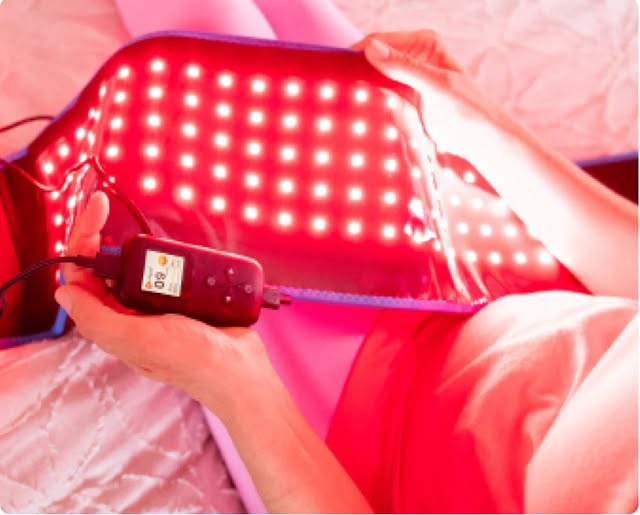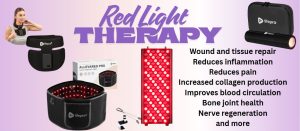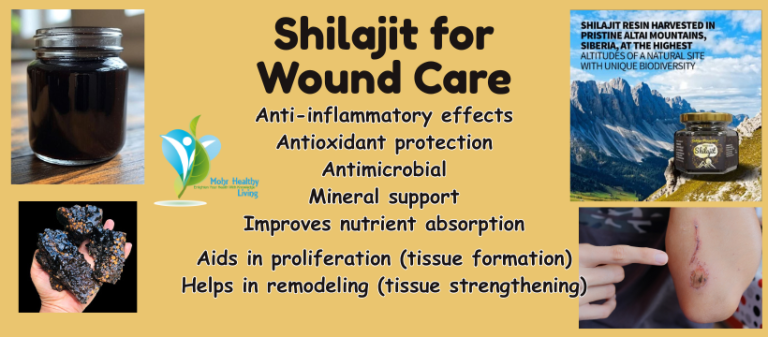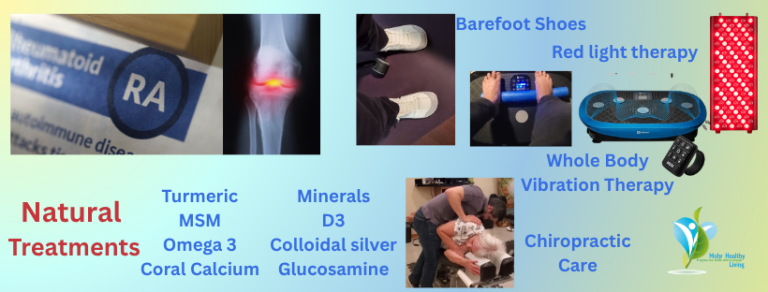
Anger and Your Health
By Angie Mohr “Holding onto anger is like drinking poison

support, products have a lifetime warranty, and they are in a price range many can afford.
In a post about the benefits of vibration platforms someone in the comments wanted “proof” they work. As with red light therapy there are hundreds if not thousands of medical journal articles online.
Here’s some info on Red Light Therapy WITH references.
Red light therapy (RLT), also known as low-level light therapy (LLLT) or photobiomodulation, uses low-wavelength red or near-infrared light (typically 600–1000 nm) to promote healing and tissue repair. Below are the key benefits for healing, supported by research:
Additional Considerations:
If you use my code with my link you can get an additional 20% off the already 30% off sale plus a free gift:
Red light therapy products: Use code TNHL20 for further 20% off. https://www.pntrs.com/t/TUJGR0lOSkJHSEVNTk5CR0ZNRUVO… I have a lot of the products, ask questions you may have.



By Angie Mohr “Holding onto anger is like drinking poison

by Angie Mohr Shilajit’s potential to aid wound healing and

RA is considered an autoimmune condition causing chronic joint inflammation,